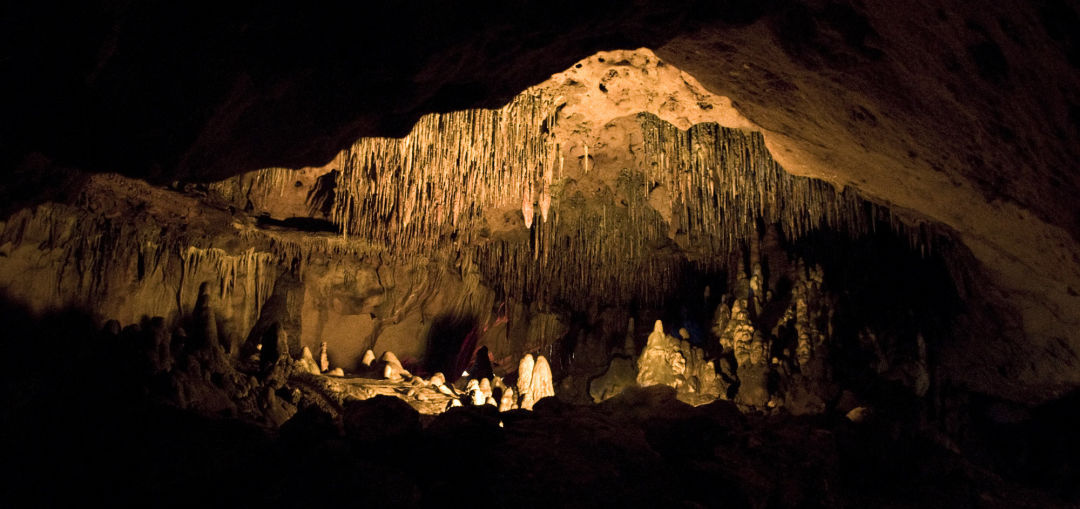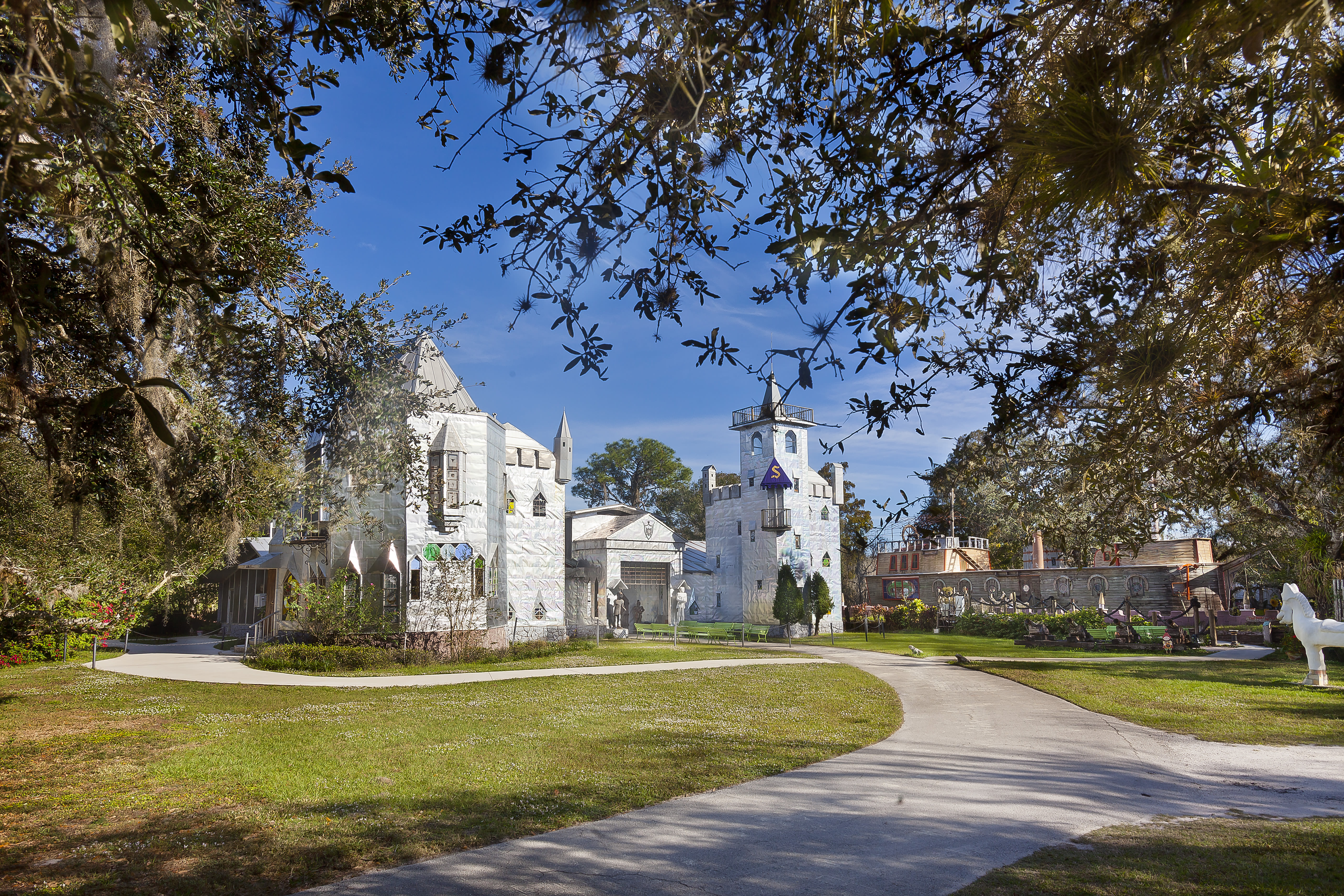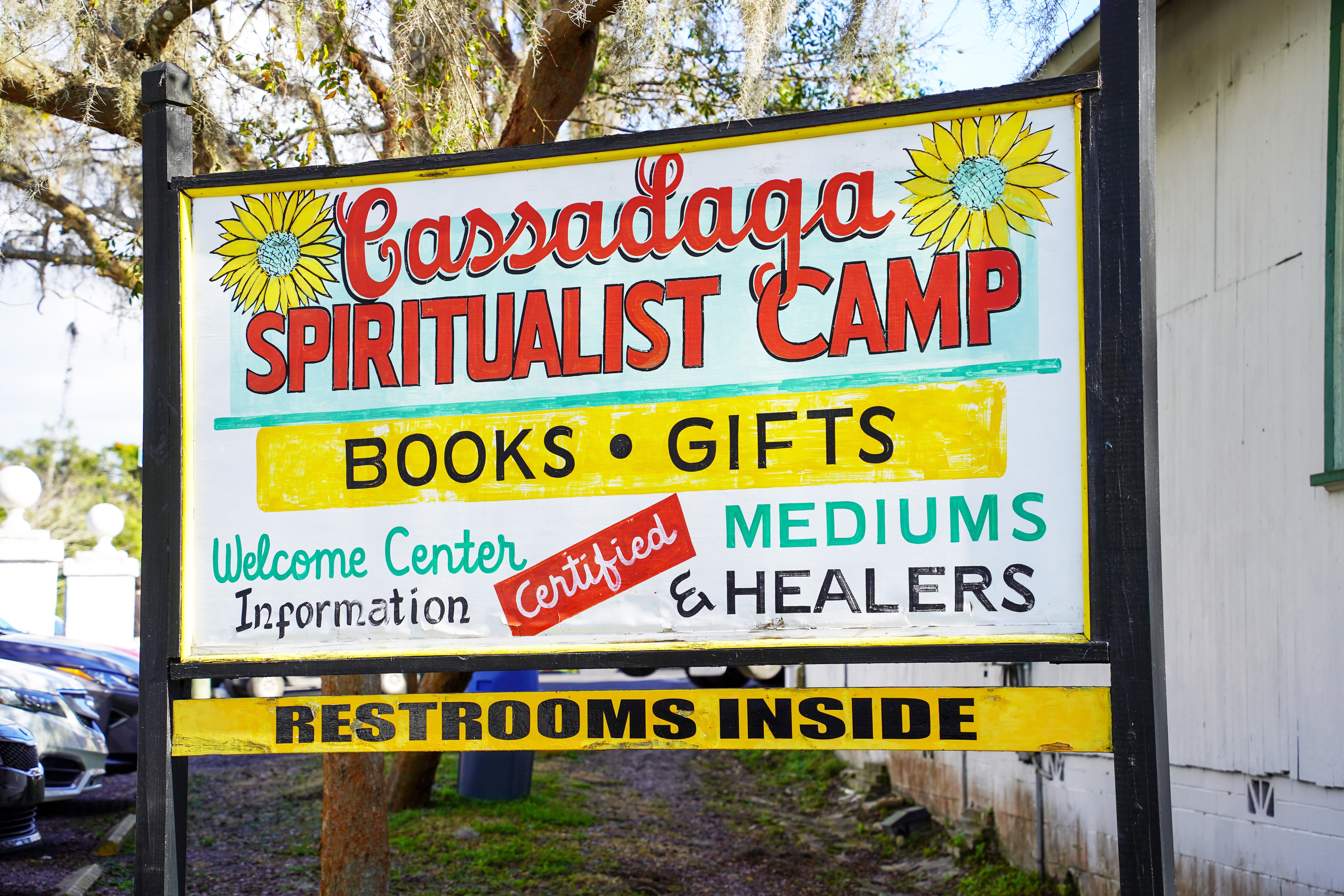The Panhandle's Caverns Reveal a Strange Side of Florida

Image: Shutterstock
To a native Southwest Floridian like me, the 1,300-acre Florida Caverns State Park is a puzzle. The park is in this state but not of it. It’s temperate instead of tropical, Central Time Zone instead of Eastern. The northern Panhandle’s Florida-like stretches of pine forest and palmetto underbrush grow along non-Floridian features like rolling hills and rocky outcroppings. And then there are the caves—a dark and curious concept for the Sunshine State.
I drive solo up I-75, hatchback full of firewood and camping supplies. North of Tampa, through Ocala and beyond, I contemplate long views of sprawling pasture crisscrossed by wooden four-rail fences. The route angles west onto tree-lined I-10, and finally, after six hours, off the interstate and through the few traffic lights of quaint Marianna, I arrive at the ranger station.
The park’s $8, hour-long cave tours start at 9 a.m. and run every 15 minutes, Thursdays through Sundays; they’re first-come, first-served and can sell out as early as noon. I wait in line in the modest gift shop, eying rows of souvenir mugs, neon novelty pens, coonskin caps and toy miner’s helmets.
Outside and a few steps down a sidewalk, the cave entrance is unmarked and unremarkable. Our tour group, led by a volunteer guide, files from the open air through a heavy steel door and into the cool, damp stillness. Suddenly underground, I take a hesitant nose-full of cave air—foreign and mineral—as my eyes adjust to the yellowish artificial light that reflects in shallow pools and casts sharp shadows behind jagged rock. Forget Florida; we could be on another planet.
Far from the grand underground chambers of Carlsbad or Mammoth, Florida’s caverns were discovered in the 1930s as a loosely connected warren of small stone rooms and tight-fitting corridors. This main cave was excavated by young men in the New Deal’s Civilian Conservation Corps, who carved the space with pickaxes and tied themselves to lengths of rope in case their carbide lamps failed and stranded them in darkness.
Private contractors completed the project in 1942, after those original workers had been called to war.
We duck through low-ceilinged passageways and step over puddles into room after underground room of sheet-like flowstone and hanging “soda straws.” The guide explains that these tunnels are classified as “caverns” because they’re still alive, still growing formations and shifting shapes as groundwater seeps through the limestone, depositing some minerals and washing others away. A cold stalactite droplet lands on my scalp—“a cave kiss,” they call it.
In one room, the guide tells us to stand still while she cuts the lights, and the instant, absolute darkness hits my heart like a thunderclap. The group gasps, then giggles, then falls quiet.
That blind, silent moment lasts eons.
Above ground again and squinting at sunlight, I drive two miles down the narrow park road, past mossy stone bluffs and over the clay-colored Chipola River, to campsite No. 35, one of three quiet, tent-only spots a half-mile removed from the heavily trafficked loop of RV sites. I’m early and alone, so no one watches as I wrestle my tent upright, and then trudge up and down the short path to the car, hauling armfuls of disorganized gear: cooler, backpack, bedroll, duvet (I don’t own a sleeping bag), flashlights, notepad, lighters and a dozen or so pieces of fresh-cut pine I’ve raided from my parents’ fireplace stash—my excessive armor against a night alone in strange woods.
After I’m settled, it’s time for a jog.
The terrain nearer to the park entrance is downright Appalachian, with winding, rocky trails, sometimes steep steps and stone overhangs. But back by these campsites, broad paths roll over gentle slopes. I trot through an open, grassy park, tracing the shoreline of the Blue Hole swimming area, past marshland knobbed with tree trunks and down flat, chalky trails speckled with dogwood leaves.
In some places the underbrush reveals rock, and then rock reveals something else underneath—dark, angular entryways to unseen depths. In total, Florida Caverns State Park has more than 10 acres of caves. All but the main one are off limits without permit, but they’re always there, underfoot, dripping and dissolving and rebuilding the shallow, sandy preconceptions I had of my home state.
That night, I bask by my campfire, surprisingly at ease. I eat kielbasa roasted in tinfoil with onion and barbecue sauce, sopped up with a toasted dinner roll. I drink a beer. I look up at the stars and think of vast watery expanses and strewn quartz sand, but also of sparkling stalactites and low-slung limestone. I think of lights in the dark.
It’s still Florida, I think. It’s still home.



